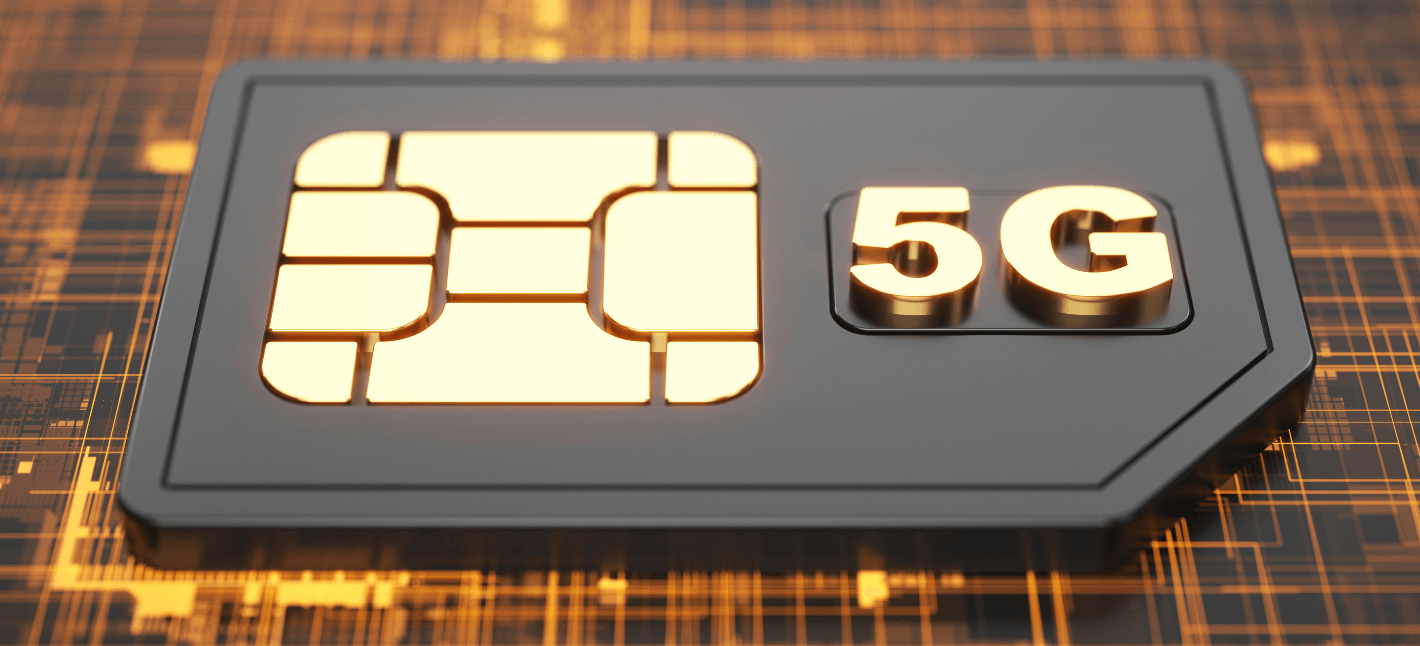IoT Connectivity Companies Ultimate Guide to Cellular IoT Networks
IoT Connectivity Companies Ultimate Guide to Cellular IoT Networks
Blog Article
What Is IoT Connectivity? Providers of Cellular IoT Connectivity
The integration of the Internet of Things (IoT) in wearable devices is remodeling the know-how panorama. Understanding the best IoT connectivity choices for wearable devices is essential for developers and manufacturers aiming to ship seamless user experiences. Different connectivity options cater to a range of needs various from power consumption to knowledge transfer speeds and community availability.
Bluetooth has emerged as a extremely well-liked possibility for connecting wearable devices, mainly because of its low power necessities and high compatibility with numerous smart gadgets. This technology allows gadgets like fitness trackers and smartwatches to seamlessly change information with smartphones and tablets. The recent advancements, together with Bluetooth 5.zero, have considerably improved vary and pace, making it a sturdy choice for many wearable functions.
What Is IoT Connectivity? SIM Card Solutions for IoT Connectivity
Wi-Fi is another strong contender, notably in eventualities the place excessive information throughput is required. Wearable units that continually stream high-resolution data, corresponding to video or wealthy media content material, profit from Wi-Fi’s pace. The ubiquity of Wi-Fi networks permits for simple entry in city environments, enhancing performance for wearables designed for health or health monitoring.
Cellular connectivity has carved its area of interest, particularly in standalone wearable gadgets that don't require tethering to a smartphone. Technologies like LTE and LTE-M have made it possible for wearables to speak immediately with cellular networks. This possibility supplies a broad range when customers venture outdoor, permitting gadgets to ship and obtain information even with out native Wi-Fi. Cellular connectivity is particularly advantageous for emergency providers, health-monitoring wearables, and even primary communication units.
Cellular Connectivity Providers For IoT Types of IoT Connectivity Options
Narrowband IoT (NB-IoT) stands out as a specialized connectivity option for devices that must ship small amounts of data sometimes. This makes it best for wearables that monitor health metrics or environmental circumstances. Leverage the low power consumption attribute of NB-IoT permits devices to function for prolonged periods on minimal battery life, making it a compelling possibility for IoT-based wearables designed for long-term monitoring (Connectivity Technologies In IoT).
Zigbee and Z-Wave are glorious options for wearables that function inside smart home ecosystems. While these technologies are usually suited to home automation, they will nonetheless play a role in wearables that need to connect to different residence devices for specific use circumstances. For instance, wearable health screens may interact with smart house gadgets like treatment dispensers to ensure medication adherence.
Mesh networking options allow wearables to create self-healing communication networks. In massive or crowded areas the place direct connections might undergo from interference, mesh networking establishes redundant pathways for information to succeed in its vacation spot. This is especially useful in situations similar to out of doors occasions or crowded sports arenas, where a quantity of customers may be using their wearables simultaneously.
LPWAN technologies like LoRaWAN provide low-power wide-area community communications that are perfect for wearables used in remote places. These choices excel in rural or off-grid settings, making them well-suited for agricultural monitoring wearables. By offering long-range communication capabilities with minimal energy consumption, LPWAN technologies handle essential wants for wearables in more isolated environments.
IoT Connectivity Managementplatform Enhancing IoT Connectivity and Security
When selecting connectivity choices, the specific use case of the wearable turns into paramount. Devices designed for lively sports activities might benefit more from Bluetooth or Wi-Fi due to their immediate data-exchanging requirements. On the opposite hand, wearables supposed for health monitoring would possibly prioritize low energy choices like NB-IoT or LPWAN technologies, exploring long-term knowledge collection capabilities.
Security features should even be thought of when evaluating IoT connectivity options. With the increase in wearable devices accumulating delicate private data, it is vital for producers to ensure that the chosen connectivity type comes outfitted with robust security measures. Encryption and authentication protocols are important to forestall unauthorized entry to wearable knowledge.
The scalability of a connectivity option is one other critical aspect to ponder. As the demand for IoT wearables continues to rise, producers need to make certain that their connectivity decisions can scale efficiently. This encompasses not simply the power to handle elevated knowledge transmission but also guaranteeing community capacity to accommodate a rising consumer base without compromising efficiency.
In the evolving world of fitness and health, the performance of wearables is constantly intensifying, making the choice of connectivity extra essential than ever. Emerging technologies like 5G maintain the promise of opening even more alternatives. With quicker speeds and lower latency, 5G can facilitate real-time knowledge sharing between devices, amplifying the interactivity and immediacy anticipated from future wearable technologies.
Aws IoT Connectivity SIM Card Solutions for IoT Connectivity

As the IoT panorama matures, collaboration among connectivity providers will pop over to these guys likely become more common. Wearables could start adopting multi-connectivity options, permitting gadgets to change between completely different networks primarily based on availability and task necessities. This hybrid method wouldn't solely enhance reliability but in addition optimize power consumption, enabling longer usage between charges.
Understanding the most effective IoT connectivity choices for wearable units is thus a multi-faceted endeavor. By contemplating the operational requirements, user scenarios, and expertise developments, stakeholders could make informed decisions that meet both client expectations and business standards. The way ahead for wearables lies in harnessing these diverse connectivity options to craft built-in, responsive, and user-centric technologies.

As technology continues to evolve, staying ahead of the curve turns into important for all players concerned within the wearable market. The demands for information assortment, real-time interaction, and consumer security dictate that the chosen connectivity solutions align with current developments whereas readying for future developments. Ultimately, the best connectivity resolution will facilitate a superior person experience, making certain wearable gadgets are not just practical, but additionally essential to day-to-day life.
IoT Connectivity Control Overview of IoT Connectivity Protocols
- Utilization of low-power wide-area networks (LPWAN) similar to LoRaWAN supplies prolonged protection and long battery life for wearable devices used in remote monitoring purposes.
- Bluetooth Low Energy (BLE) allows for quick knowledge transmission with minimal energy consumption, making it best for health trackers and health monitoring units.
- Cellular IoT technologies, like NB-IoT or LTE-M, supply strong connectivity, enabling wearables to operate independently with out counting on smartphones, appropriate for important functions.
- Zigbee is perfect for wearable gadgets that want to attach with smart house methods, providing a reliable mesh network for enhanced communication.
- Satellite communication allows wearables to operate in extremely remote locations the place conventional networks are unavailable, guaranteeing constant information transmission for actions like outside sports.
- Wi-Fi 6 introduces improved bandwidth and efficiency, making it suitable for wearables requiring high information charges in crowded environments, corresponding to augmented actuality purposes.
- Sigfox networks are beneficial for wearables as a result of their simplicity and cost-effectiveness, primarily focusing on sending small quantities of information over lengthy distances.
- 5G connectivity promises ultra-low latency and enhanced bandwidth, enabling advanced functionalities in wearables, together with real-time health monitoring and immersive person experiences.
- NFC (Near Field Communication) facilitates safe, short-range communication for wearable units, perfect for fee options or access control functions.
- Thread expertise combines some great benefits of mesh networking with the security and low power consumption options, making it a robust candidate for smart wearable ecosystems.undefinedWhat are the preferred IoT connectivity options for wearable devices?undefinedCommonly used IoT connectivity choices for wearable units include Bluetooth, Wi-Fi, cellular (like LTE and 5G), Zigbee, and LoRaWAN. Each possibility has its personal advantages relying on range, power consumption, and information transfer needs.
How does Bluetooth evaluate to Wi-Fi for wearables?undefinedBluetooth is right for short-range connectivity and low energy consumption, making it appropriate for fitness trackers and smartwatches. Wi-Fi presents greater bandwidth and broader internet entry, but it usually consumes more energy and is best for devices that want constant connectivity.
What are the advantages of using cellular connectivity for wearables?undefinedCellular networks allow wearables to hook up with the internet while not having a paired smartphone. This allows for real-time notifications, GPS monitoring, and unbiased operation, making it excellent for units like smartwatches designed for health and safety functions.
How does battery life influence the selection of connectivity for wearables?undefinedBattery life is important for wearable units. Low-power options like Bluetooth Low Energy (BLE) assist maximize usage time whereas still offering connectivity. Devices requiring frequent data switch might use greater energy options, necessitating bigger batteries or more frequent charging.
Web Connectivity In IoT How Cellular IoT Connectivity Operates

What position does safety play in IoT connectivity for wearables?undefinedSecurity is paramount in IoT connectivity as wearables often handle delicate user information - IoT Connectivity Plan. Options using strong encryption protocols and safe authentication strategies help defend user data and prevent unauthorized entry.
Can wearables connect to multiple IoT networks simultaneously?undefinedYes, many trendy wearables can connect with a number website here of IoT networks, permitting them to modify between completely different connectivity options primarily based on availability and performance. This enhances flexibility and ensures steady monitoring and communication.
What factors ought to be thought-about when deciding on a connectivity choice for wearable devices?undefinedKey components include vary, power consumption, knowledge transfer velocity, compatibility with current networks, and the specific use case of the wearable. Analyzing these standards helps in selecting probably the most appropriate connectivity solution.
IoT Cloud Connectivity Basics of Global IoT Connectivity
Are there any rising technologies that may enhance IoT connectivity for wearables in the future?undefinedYes, rising technologies like 5G will considerably improve IoT connectivity by providing higher data rates, decrease latency, and improved reliability. This is anticipated to allow extra advanced functions and functionalities for wearable gadgets.
How do regulatory standards affect connectivity options in wearables?undefinedRegulatory standards make positive that connectivity technologies adjust to security, privateness, and interoperability necessities. Adhering to those standards is important for producers to make sure usability and market acceptance whereas protecting users' rights and data.
What is the best connectivity option for medical wearables?undefinedFor medical wearables, cellular connectivity is usually most popular as a end result of its capability for real-time knowledge transmission and regulatory compliance. Secure and secure connections are crucial in healthcare purposes for monitoring very important signs and providing timely alerts. Report this page